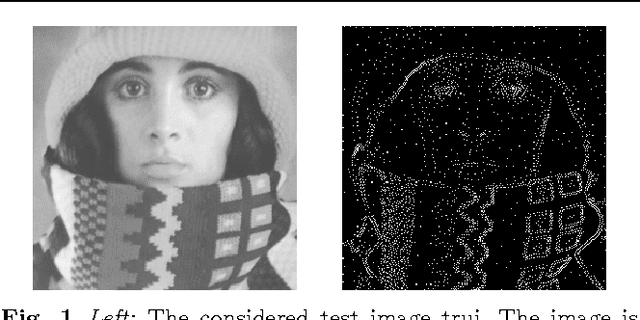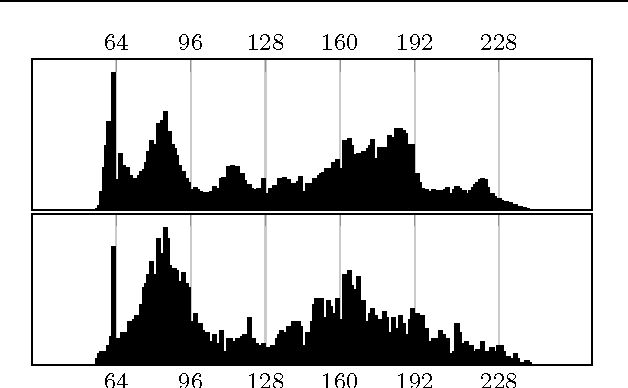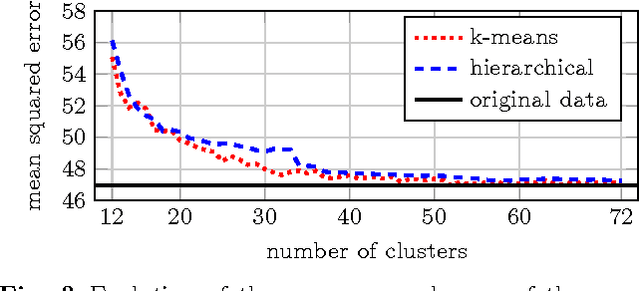Clustering-Based Quantisation for PDE-Based Image Compression
Paper and Code
Jun 20, 2017



Finding optimal data for inpainting is a key problem in the context of partial differential equation based image compression. The data that yields the most accurate reconstruction is real-valued. Thus, quantisation models are mandatory to allow an efficient encoding. These can also be understood as challenging data clustering problems. Although clustering approaches are well suited for this kind of compression codecs, very few works actually consider them. Each pixel has a global impact on the reconstruction and optimal data locations are strongly correlated with their corresponding colour values. These facts make it hard to predict which feature works best. In this paper we discuss quantisation strategies based on popular methods such as k-means. We are lead to the central question which kind of feature vectors are best suited for image compression. To this end we consider choices such as the pixel values, the histogram or the colour map. Our findings show that the number of colours can be reduced significantly without impacting the reconstruction quality. Surprisingly, these benefits do not directly translate to a good image compression performance. The gains in the compression ratio are lost due to increased storage costs. This suggests that it is integral to evaluate the clustering on both, the reconstruction error and the final file size.
 Add to Chrome
Add to Chrome Add to Firefox
Add to Firefox Add to Edge
Add to Edge